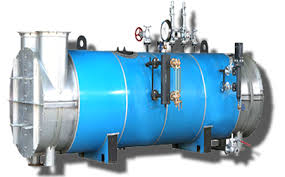The Stroboscopic Effect in Fluorescent lamp is a phenomenon which causes running or moving equipment to appear stationary or appear to be operating slower than they actually are.
In an AC supply, the voltage drops 100 times a second to zero volts as the supply frequency is 50 Hz. When a Fluorescent lamp is operating with an AC supply, the light intensity drops 100 times a second. This flicker is not noticeable to the human eye due to the persistence of vision.
When a worker in a factory observes a running machine, say a flywheel under the illumination of a fluorescent light, the flywheel may appear to be stationary or to be operating at reduced speed. This can result in accidents and is highly dangerous.
A sewing machine whose needle moves up and down may appear to be stationary and the operator can prick the fingers. These are some examples where the stroboscopic effect in the Fluorescent lamps can prove to be dangerous. When using fluorescent lamps around rotating or moving machinery, two lamps powered by two different phases should be used. This ensures that both the lamps do not flicker due to the zero crossing at the same time.
If another phase is not available, a capacitor can be added in series to one lamp. This ensures that there is a phase lag between the two lamps. The Stroboscopic effect can be eliminated by using electronic ballasts where the supply to the lamps is of a very high frequency of the order of kiloHertz.





